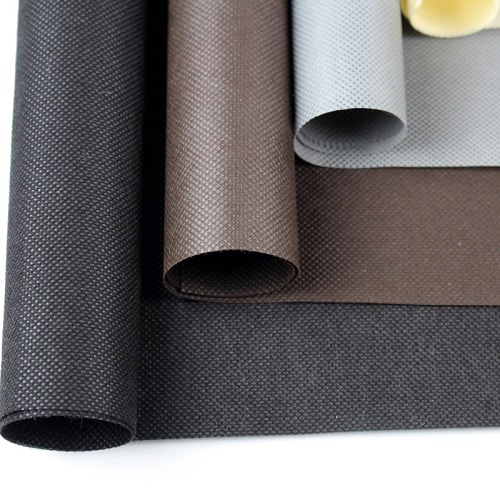Field testing is an important step in verifying the effectiveness of a waterproofing method for your specific application.
Here are some steps you can take to conduct field testing for the waterproofing method you choose:
Choose a representative sample: Select a representative sample of the polypropylene fabric that has been treated with the waterproofing method you have chosen. This sample should be similar in composition and thickness to the fabric that will be used in your application.
Identify the conditions for testing: Identify the conditions in which the fabric will be used, such as exposure to rain, water pressure, or other environmental factors. Choose a location and time when these conditions are likely to occur, such as during a rainstorm or in a wet environment.
Evaluate the fabric’s performance: Observe the fabric’s performance under the identified conditions. Check for any signs of water penetration, such as wet spots or discoloration. Assess the fabric’s durability over time, such as resistance to abrasion or tearing.
Document the results: Record the results of the field testing, including any observations or measurements taken during the testing. Take photographs or videos to document the fabric’s performance under the identified conditions.
Analyze the results: Analyze the results of the field testing to determine the effectiveness of the waterproofing method for your specific application. Compare the results to the desired level of waterproofing and consider any factors that may have affected the fabric’s performance.
Make necessary adjustments: Based on theresults of the field testing, make any necessary adjustments to the waterproofing method or to the application of the method. For example, you may need to adjust the amount or type of waterproofing material used, or change the application method to ensure better coverage.
Repeat testing if necessary: If the initial field testing does not provide satisfactory results, repeat the testing with different conditions or adjustments to the waterproofing method until the desired level of waterproofing is achieved.
Overall, field testing is an important step in verifying the effectiveness of a waterproofing method for your specific application. By carefully selecting a representative sample of the fabric, identifying the appropriate testing conditions, and documenting and analyzing the results, you can ensure that the waterproofing method you choose provides the desired level of protection and durability under real-world conditions.
What are some factors that can affect the durability of the waterproofing method over time?
The durability of a waterproofing method can be affected by a variety of factors over time.
Here are some examples of factors that can affect the durability of a waterproofing method:
Exposure to environmental factors: Exposure to environmental factors, such as sunlight, heat, cold, and humidity, 100 polypropylene fabric can affect the durability of a waterproofing method over time. UV radiation from the sun can cause some materials to break down and lose their waterproofing properties, while extreme temperatures can cause materials to expand or contract, affecting the effectiveness of the waterproofing.
Wear and tear: Wear and tear on the fabric, such as abrasion, punctures, or tears, can compromise the effectiveness of the waterproofing method over time. Repeated use or exposure to rough surfaces can cause the coating or membrane to wear away, making the fabric more susceptible to water penetration.
Chemical exposure: Exposure to chemicals, such as detergents, solvents, or oils, can affect the durability of a waterproofing method over time. Some chemicals can break down or dissolve the waterproofing material, making it less effective.
Improper application: Improper application of the waterproofing method, such as inadequate coverage or incorrect mixing of materials, can affect the durability of the waterproofing over time. Insufficient coverage or uneven application can create weak spots in the waterproofing that can allow water to penetrate the fabric.
Age of the fabric: The age of the fabric can also affect the durability of the waterproofing method over time. Over time, the fabric may become more porous or develop weak spots that can compromise the effectiveness of the waterproofing. Additionally, the waterproofing material itself may degrade over time, reducing its effectiveness.
Maintenance and cleaning: Proper maintenance and cleaning of the fabric can also affect the durability of the waterproofing method over time. Harsh detergents or improper cleaning techniques can damage the waterproofing material, making it less effective.
Type of waterproofing method: Different types of waterproofing methods have different levels of durability over time. For example, coatings may be more susceptible to wear and tear than laminations or impregnations.
Overall, the durability of a waterproofing method can be affected by a variety of factors over time. By considering these factors and taking appropriate measures to protect the fabric and maintain the waterproofing over time, you can ensure that the waterproofing remains effective and provides long-lasting protection for your specific application.
